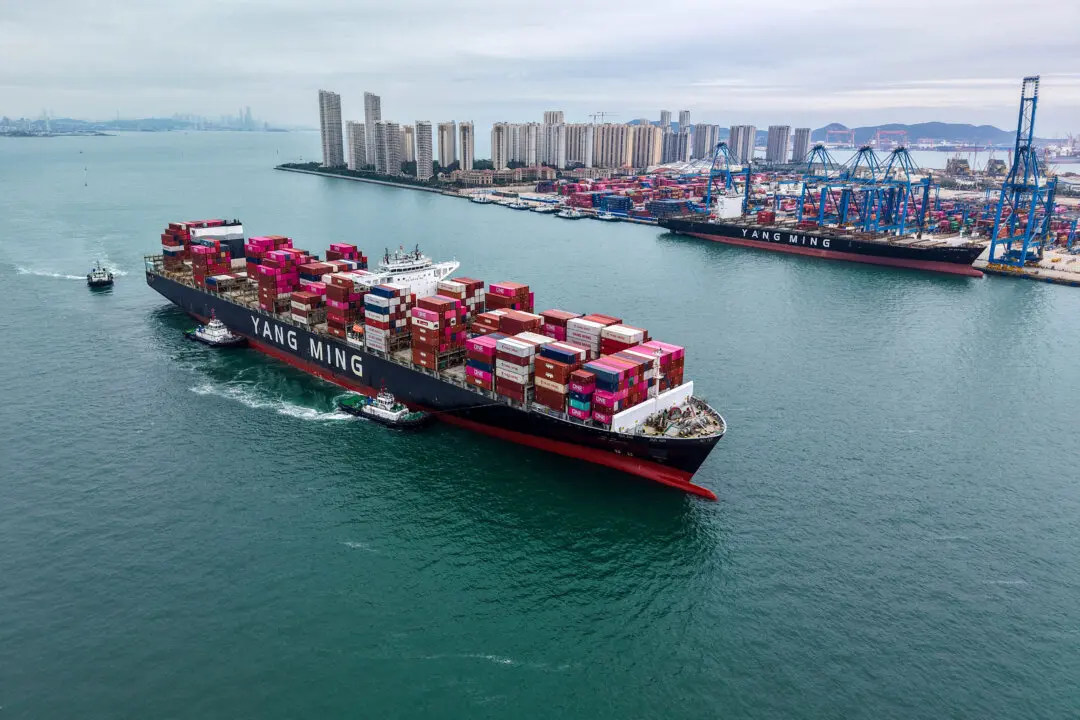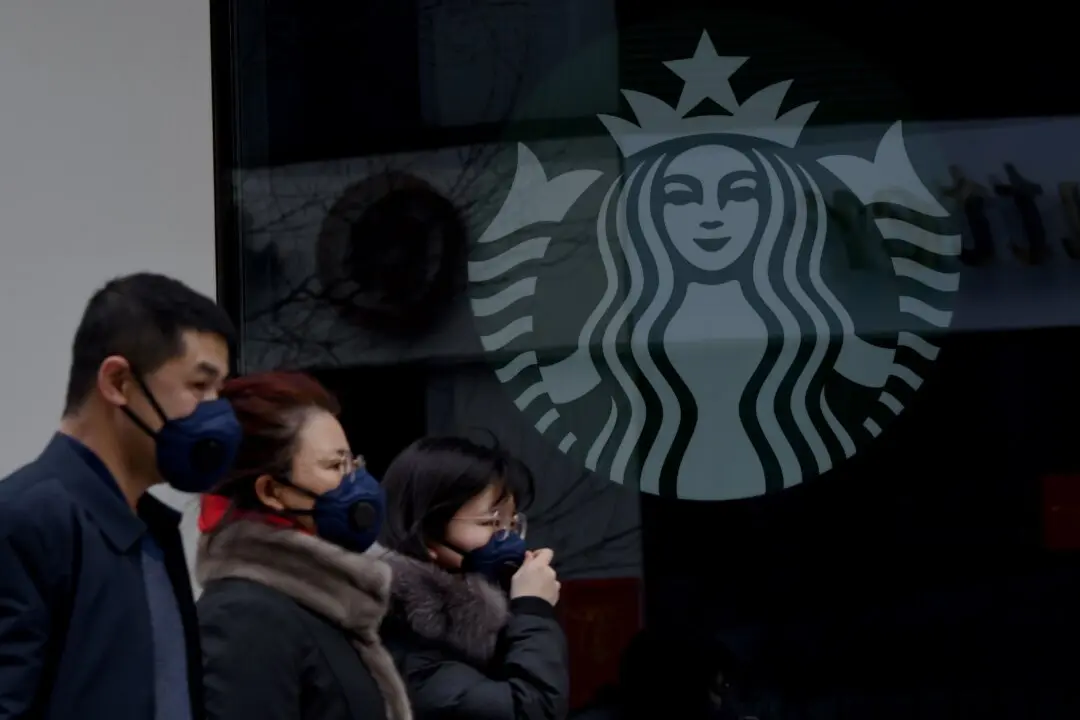Commentary
With the coronavirus outbreak, we may be in the early stages of what some scientists and epidemiologists say could be a potential global pandemic. That sounds ominous, to say the least. Furthermore, with markets repeatedly setting new and record-breaking highs, many market experts think that a correction is likely in 2020.





